The province of Quebec has a long and successful history in mining exploration discoveries, and exploration geophysics has played a significant role since the beginning.
Innovative people and their ideas over all those decades were essential to the contribution of geophysics in Quebec and elsewhere in the world. It is not only an obligation to look back to know who they were and what they have done, it is a requirement as we want to look ahead.
This brief review of 50 years of innovation in mineral exploration geophysics aims to list unique techniques and concepts developed by academics/researchers,public organizations and geophysical firms who built the body of geophysical knowledge in Quebec.
Several Quebec geophysicists have practiced and innovated outside the province or outside the country during their careers. They cannot all be covered in this brief review, however, their contributions in innovation are as important as our local innovators.
Academics and Researchers
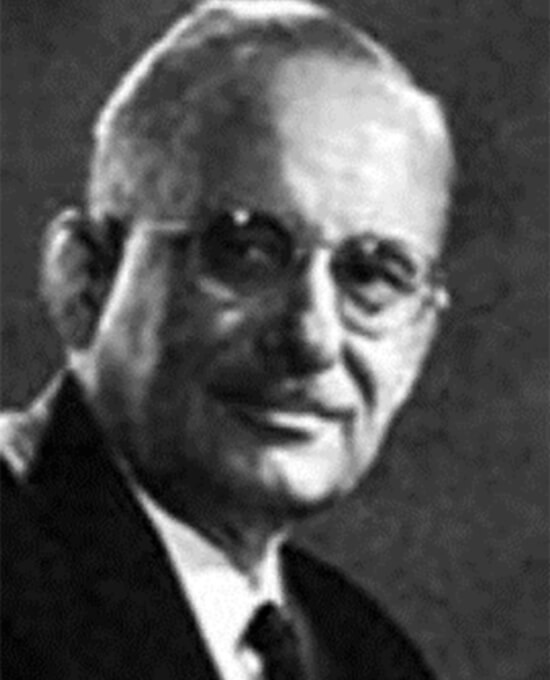
It is hard to pinpoint the beginning of this story, but Theodore Koulomzine can be considered one of the pioneers. Koulomzine was born in Russia but moved to Quebec in the mid-1930s. Based in Vald’Or, he worked for Koulomzine, Geoffroy, Brossard & Co. until 1959 when he became professor and chairman of the Department of Geophysics at the École Polytechnique de Montréal. As professor, he left an incredible footprint for several generations of students. As innovator, he obtained patents in 1951 and1952 for magnetometers, and in 1958 for a borehole electrical method.
In the same way, Murray Telford can also be considered a young pioneer. Telford was an eminent geophysical professor at McGill University between 1960 and 1982. He is also well-known as co-author of the book “Applied Geophysics”, published in 1976.
During his career, he supported graduate students and trained numerous exploration geophysicists who became innovators in their own right.
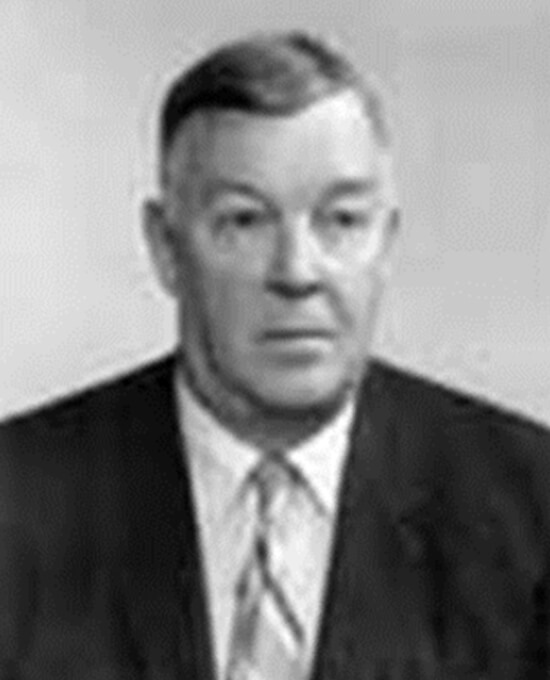
As part of the next generation, Alex Becker became professor in geophysics at the École Polytechnique de Montréal between 1969 and 1979, as well as director of MERI (the Mineral Exploration Research Institute). Alex became Director of Research with Questor Survey and finally a professor in mineral engineering at University of California, Berkeley.
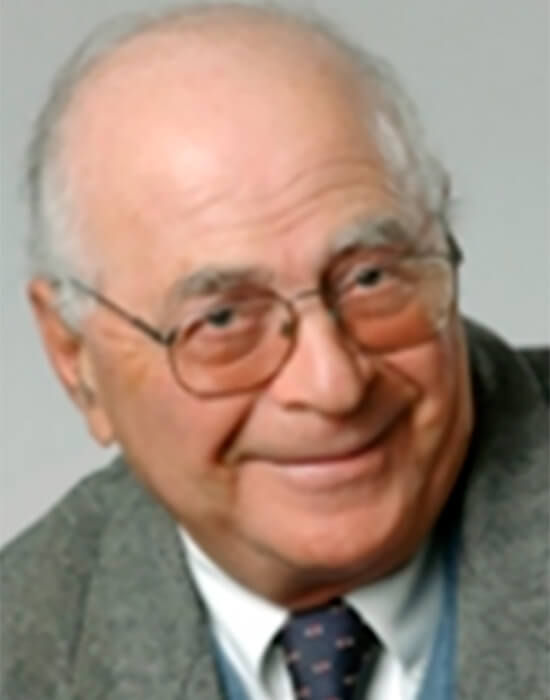
During the same period, Maurice K. Seguin, professor in geophysics at Université Laval, published “Lagéophysique et les propriétés physiques des roches”, a textbook for several generations of students at Laval. M. Seguin was an active researcher in paleomagnetism and geophysics in permafrost environments.
A younger generation of professors / researchers / innovators emerged in the 1980s. Robert Bazinet, professor of geophysics at the École Polytechnique de Montréal, was an example for many students, including the author of this paper. Robert was a promotor of innovative ideas. As professor, he started a geophysical company (Sagax Geophysics) with some of his past students. Following his career in education, Robert has worked in the geophysical instrumentation industry form any years. He obtained a patent in 1995for a multi-frequency electromagnetic system, and another in 2009 for a very low noise magnetometer for MT surveys. Michel Chouteau took up the flag from1983 to 2018 as professor of geophysics at the École Polytechnique de Montréal after Robert Bazinet. Michel has been a mentor for many students. He has published over 168 papers and held a patent in 1981 in magnetotellurics.
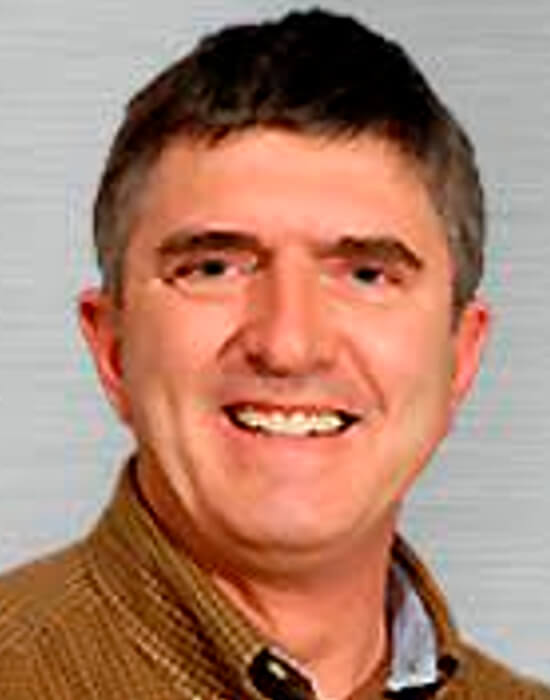
Marianne Mareschal was an innovative geophysicist and a pioneer for women. She joined École Polytechnique de Montréal as researcher in 1987 and as professor in geophysics in 1989. Some of her contributions included work on EM investigations in the Kapuskasing Uplift, and electrical anisotropy in the upper mantle. Marianne passed away in1995 but the Marianne Mareschal Chair was created to promote the engineering profession among female students at the École Polytechnique between 1998 and 2016.
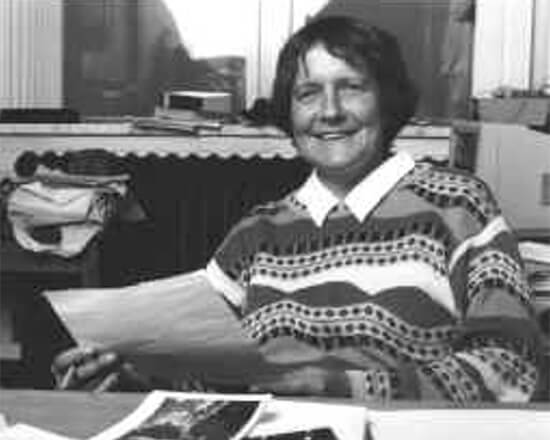
Other geophysicists, educated and trained in Quebec, applied their innovative ideas outside of the province. Pierre Keating and Regis Dumont are good examples. Both worked at the Geological Survey of Canada for three decades, and both published numerous papers on potential field techniques. The “Keating Magnetic Correlation Coefficient” algorithm is a nice example.
Public / semi-public organizations
Quebec-based public or semi-public organizations have played an important role as incubator environments for innovation in mining exploration geophysics.
SOQUEM is one of the best examples of this role. SOQUEM was founded in 1965, as a Crown Corporation with a mandate to stimulate mining exploration in the province of Quebec. From the beginning, SOQUEM formed a research department in mining geophysics. A young geophysicist and graduate from Harvard University, Edwin Gaucher,took over the responsibility of this research department.
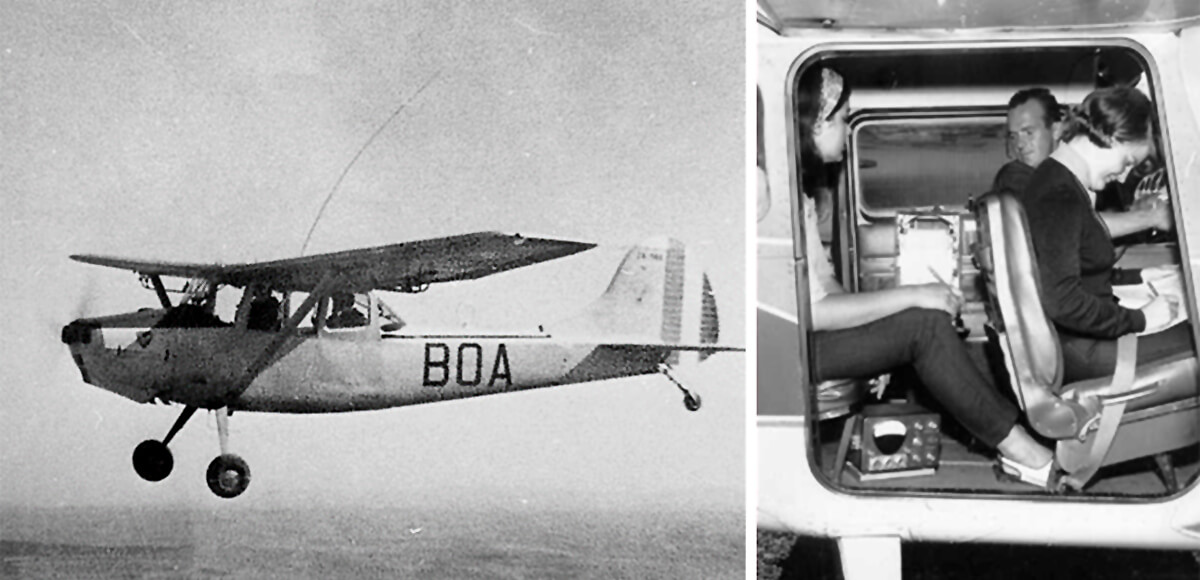
In the first year, SOQUEM built an in-house spectrometric fixed-wing system using a modified Cessna L19. In the first year, over 200,000 line-km of spectrometric surveys were completed. This system discovered the Niobec niobiummine (still in operation) at St-Honoré.
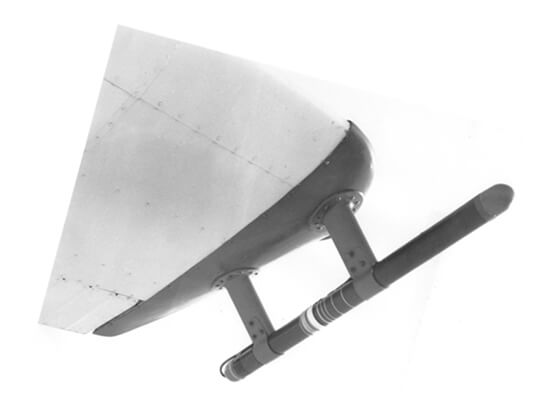
In 1970, an in-house fixed-wing frequency domain EM system was built by SOQUEM. This system, called EMAL-19 (for Light Aerial EM), used a single frequency wing tip configuration installed on the same Cessna L-19. In the first year, over20,000 line-km of surveying was completed.
In 1976, SOQUEM built a new generation of induced polarization receivers and transmitters called SWP1. This IP system was used intensively by in-house geophysical crews during the following years. Later on, SOQUEM sold the patents of the SWP1to a geophysical instrumentation company.
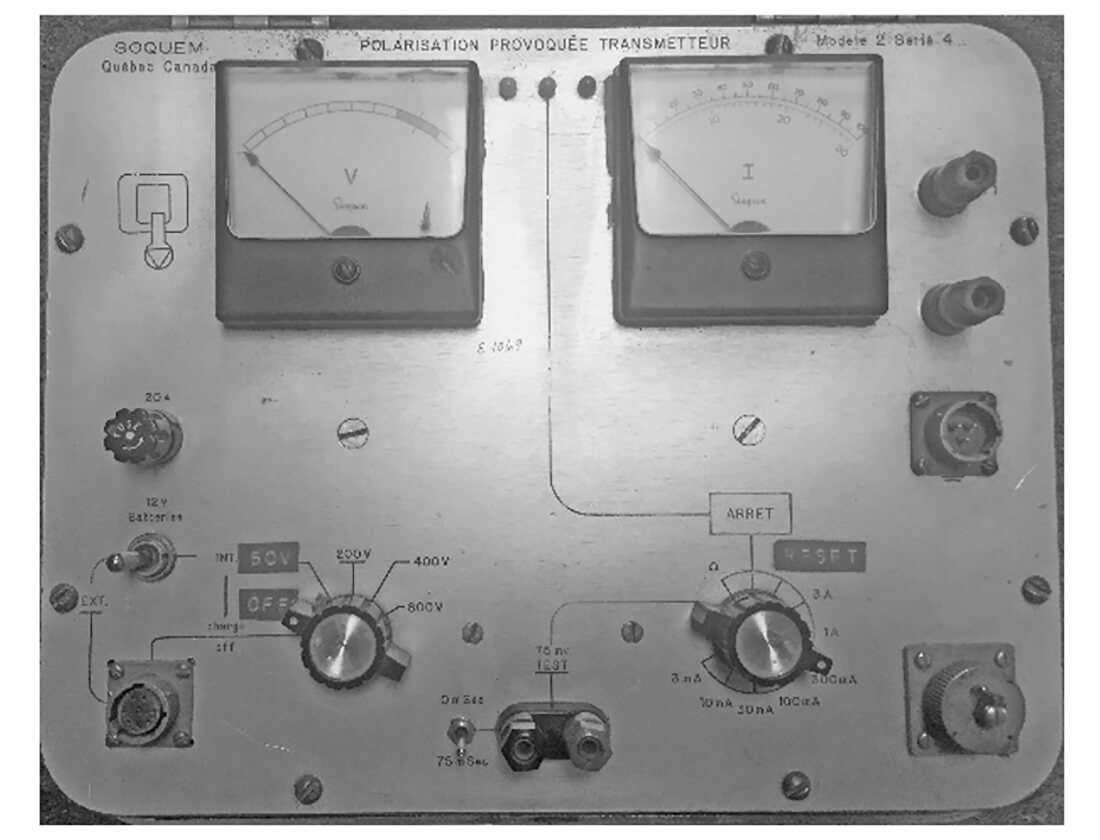
SOQUEM was a successful concept, with six mines discovered. This organization is considered a significant incubator for innovative geophysicists over its long history.
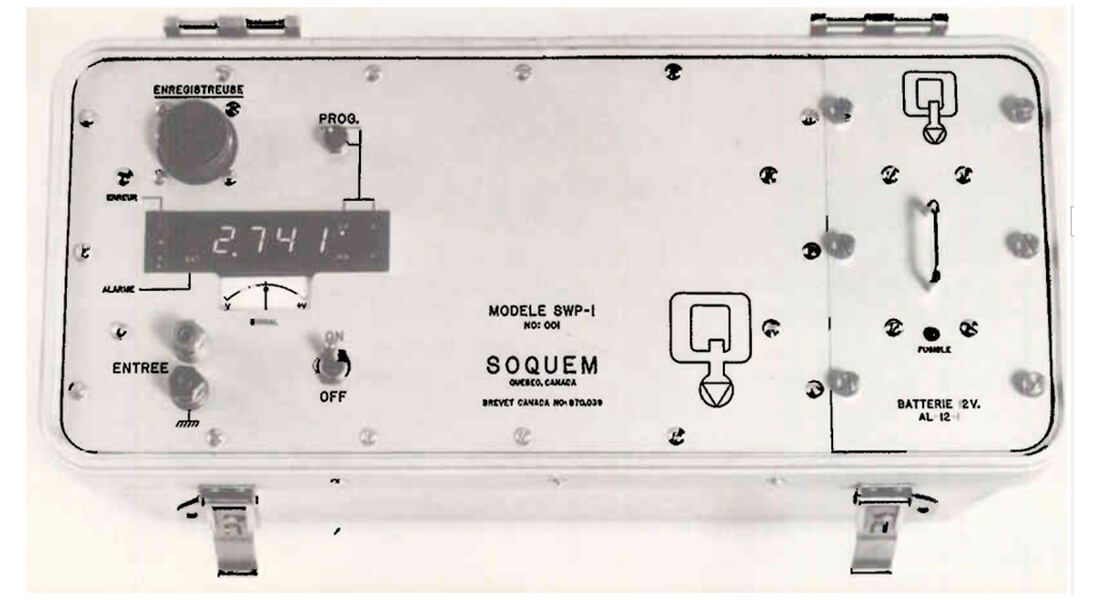
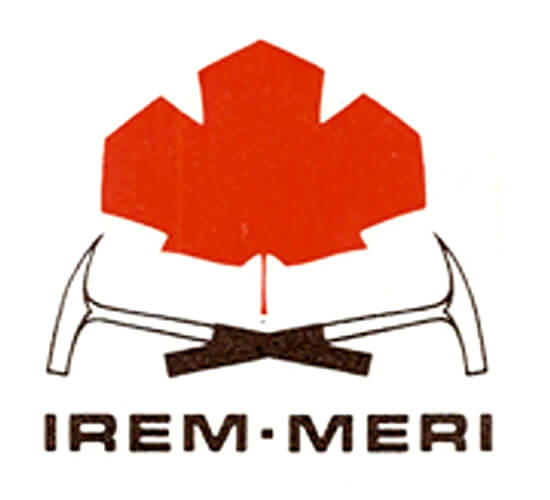
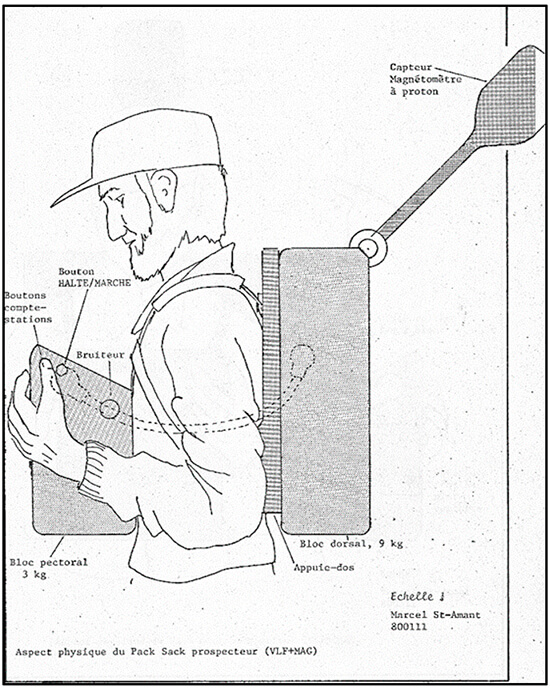
The Ministère de l’Énergie et Ressources Naturelles du Québec (MERNQ) was proactive and innovative in mining exploration geophysics, starting in the late 1960s as a government organization. Between 1969 and 1984, they covered 81,342 km2of INPUT/MAG airborne surveying in Quebec and 30,000 km2 of frequency domain EM helicopter-borne surveys. From 1973 to 1985, the MERNQ sponsored numerous ground surveys, applying new technologies in the early phases of development, including the induced polarization array (PPL) and magnetotelluric expertise. The MERNQ was also a strong supporter of external research organizations in mineral exploration and geophysics.
The Institut de Recherche en explorationminérale/Mineral Exploration Research Institute (IREM/MERI) was founded in 1973.
This institute was supported by the Université de Montréal, École Polytechnique de Montreal and McGill University. The MERI sponsored numerous graduate studies in mineral exploration and supported innovative development. As an example, the MERI worked on the design of an integrated MAG/VLF ground system with continuous recording features, in1982. This system was called Prospecting Backpack and was supported by SOQUEM, Geophysical Surveys Inc. and MERI.

The CONSOREM was founded in2000 by Quebec universities, mining exploration companies and federal and provincial governments.
The objectives of the CONSOREM were the development of innovative exploration tools and technological transfers to industry. Over 150 projects in geology, geochemistry and geophysics were achieved. As an example, there was a project on high resolution airborne magnetic interpretation using the image segmentation technique.
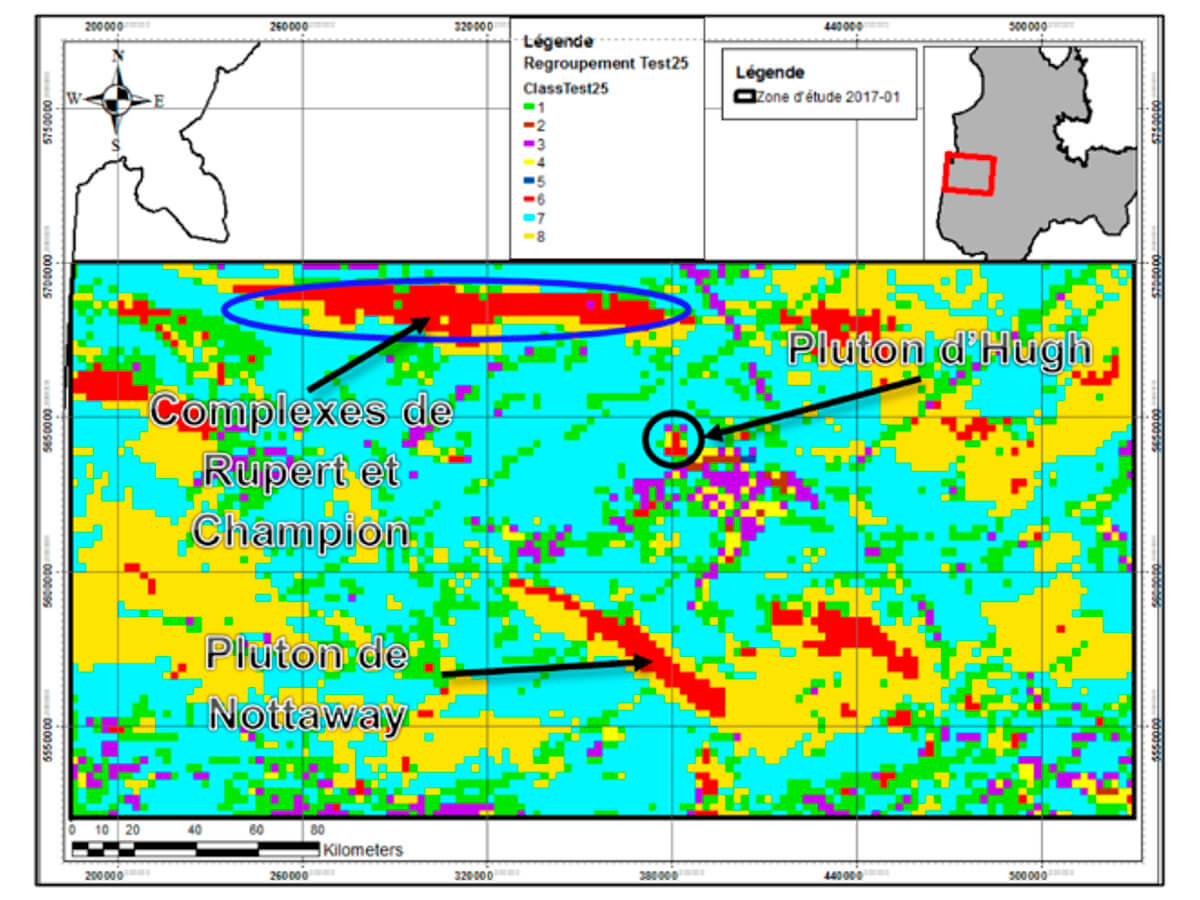
Another significant research project in geophysics from the CONSOREM was the use of MEGATEM signal for pelitic-mafic rocks associated with VMS (volcanogenic massive sulphide) deposit exploration. The concept was to identify localized sources of metal-rich sulphides within extended formational conductors.
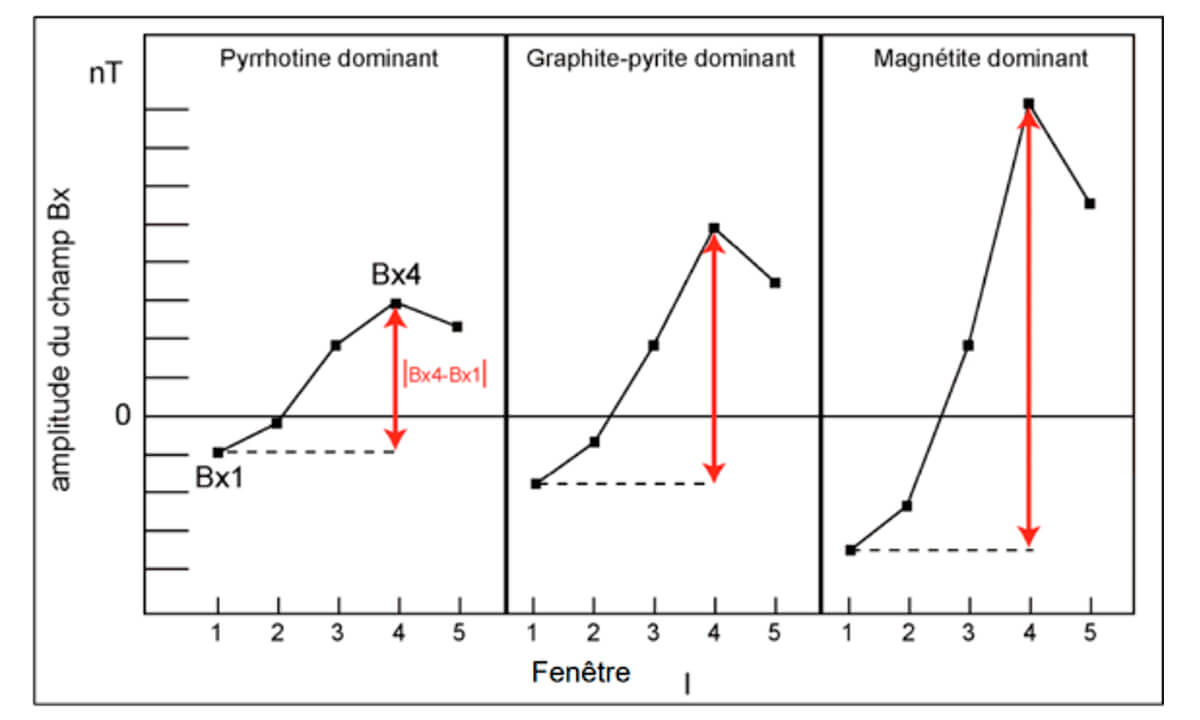
DIVEX is another research organization driven by Quebec universities. Founded in 2002, DIVEX was a researcher network supporting R&D in mineral exploration, including geophysical case histories of zinc-rich occurrences in marbles, and geophysical signatures of kimberlitic occurrences.
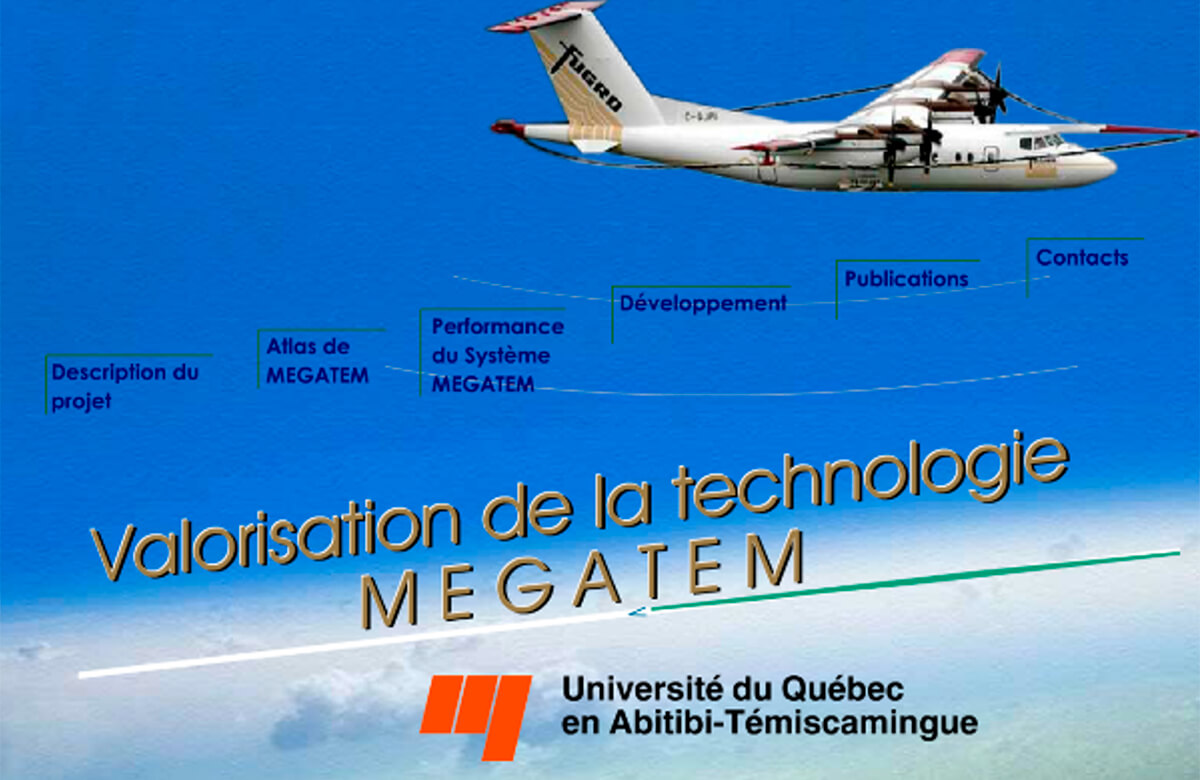
The URSTM was a research unit founded by the Université du Québec en Abitibi-Temiscamingue, the École Polytechnique de Montréal, the Laboratoire environnement de mine de Nancy (France) and the San Luis Potosi University (Mexico).Their flagship research project in geophysics was the enhancement of the MEGATEM technology for VMS exploration. This 3- year project aimed at enhancing MEGATEM technology for new mineral discoveries by the development of tools for processing and interpreting data.
Geophysical firms
Over the last 50 years, numerous geophysical firms were founded in Quebec to support mining exploration. Their contributions in innovative techniques or instruments had a major impact on mineral discoveries.
GDD Instrumentation was founded in 1976 by Edwin Gaucher after he left SOQUEM. During the founding year, GDD upgraded the SWP1 (IP system developed by SOQUEM).In 1977, they built the GDD electronic chain level for gravity surveys.
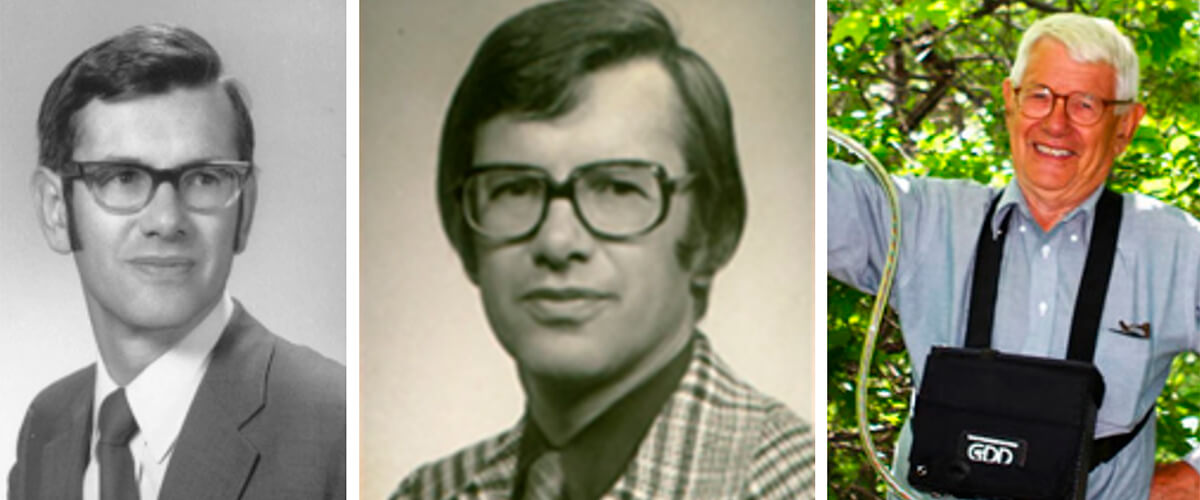
From 1977 to 1983, GDD developed conductive boulder detectors installed on a sulky, a sled, or in boots. In 1983, the first version of the well-known conductive boulders detector, the Beep Mat (BM-100) was born.
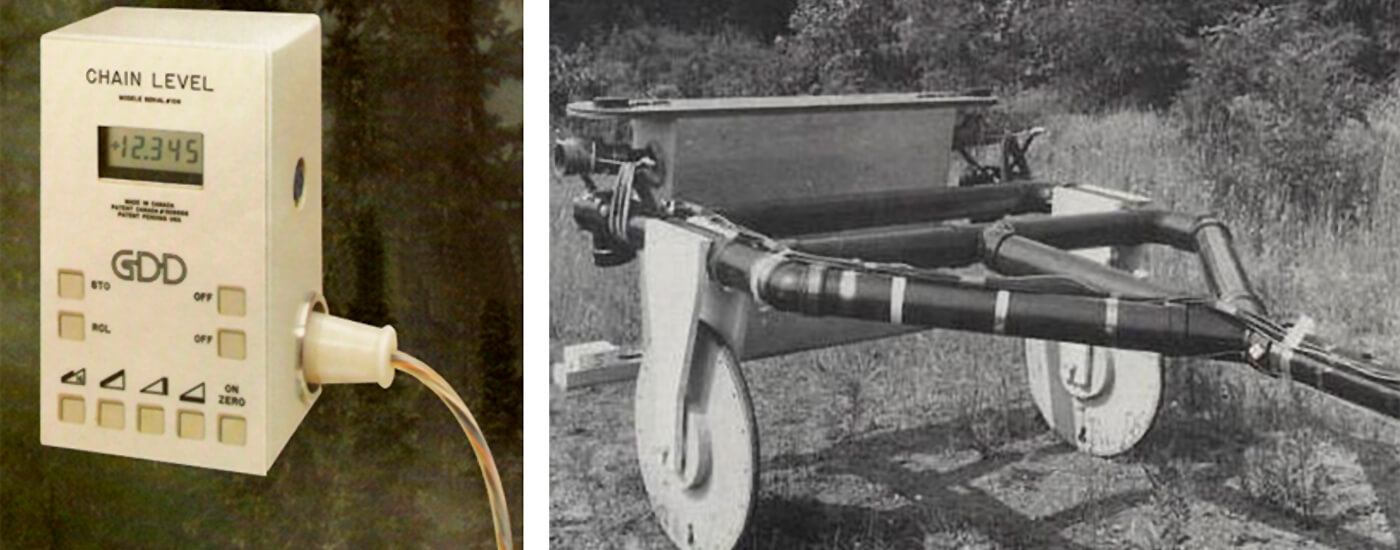
From 1990 to 2019, GDD instrumentation developed IP transmitters, IP receivers, EM receivers, physical property probes and an updated version of the famous Beep Mat.
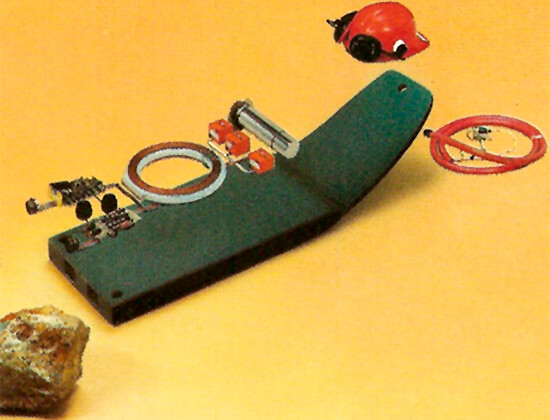
During the same period, the firm Geophysical Surveys Inc. was formed. Supported by Claude Jobin, Geophysical Surveys built a frequency-domain helicopter-borne system called REXHEM and an airborne vertical gradient magnetometer system, tested by the GSC.
Founded in 1978 by Abbas Moussaoui, SIAL Geoscience acquired Les Relevés Géophysique. Using their expertise with the REXHEM, they built a new frequency-domain helicopter-borne EM system that became very popular.
SAGAX Geophysics was founded in 1983 by Pierre Berubé and other partners. In the first year, SAGAX launched the PPL, an original IP array specifically designed for reconnaissance IP surveying over a vertical geological environment.
In 1985, SAGAX developed the SAMT, a scalar audio magnetotelluric receiver for mineral exploration. In 1988, they built the VIP3000, a new generation of IP transmitter. This system was sold to Iris instruments soon after.
In 1996, SAGAX became Val d’Or SAGAX, and in 2000 Abitibi Geophysics. In 2005, Abitibi Geophysics developed with SOQUEM the InfiniTEM™, a deep penetrating fixed loop TDEM technique using a figure eight shaped loop.

In 2008, Abitibi Geophysics built an 18 kw TDEM transmitter, specifically designed to feed the InfiniTEM™ surveys. In 2009, they launched H2H-3D-IP, a borehole IP approach capable of creating 3D images. In 2010 they introduced the IPower3D, a new deep penetrating IP array.
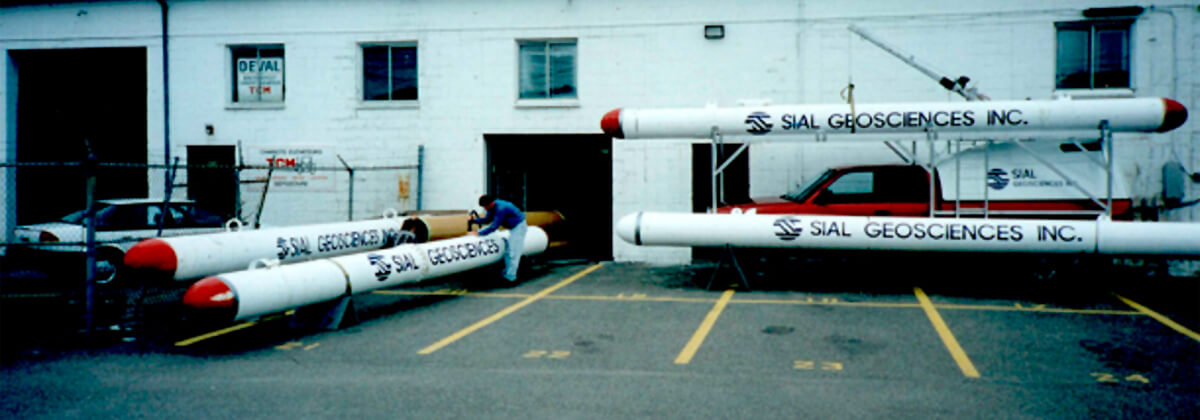
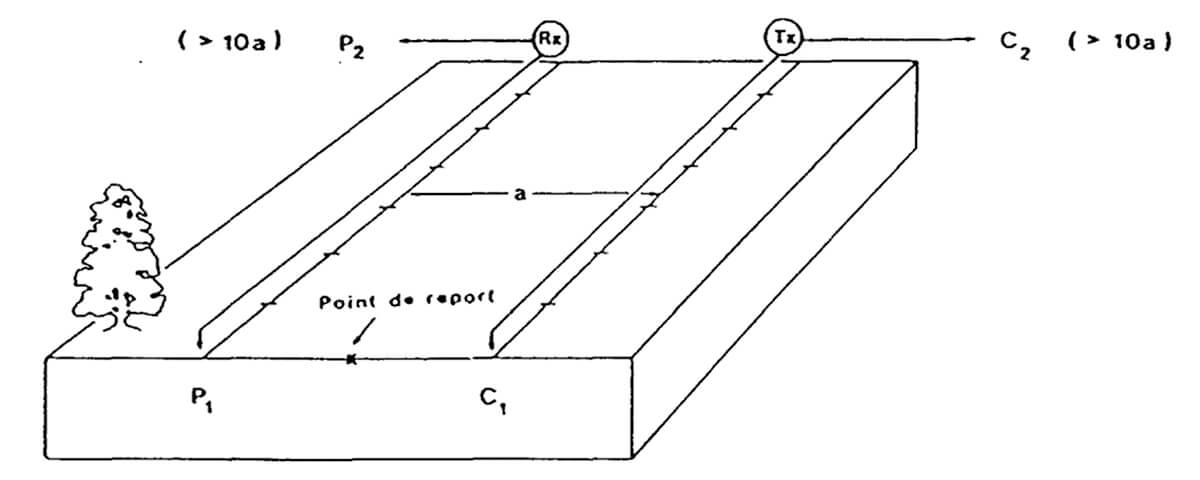
In 2012, Abitibi Geophysics developed, with the Royal Melbourne Institute of Technology in Australia, the ARMIT probe, which is a surface dB/dt and B-field EM probe.
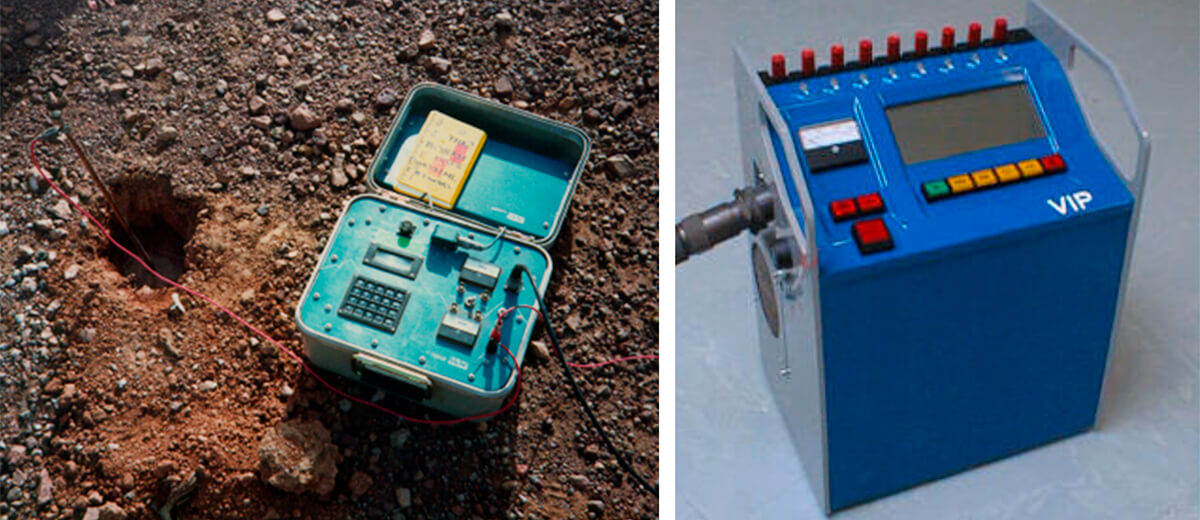
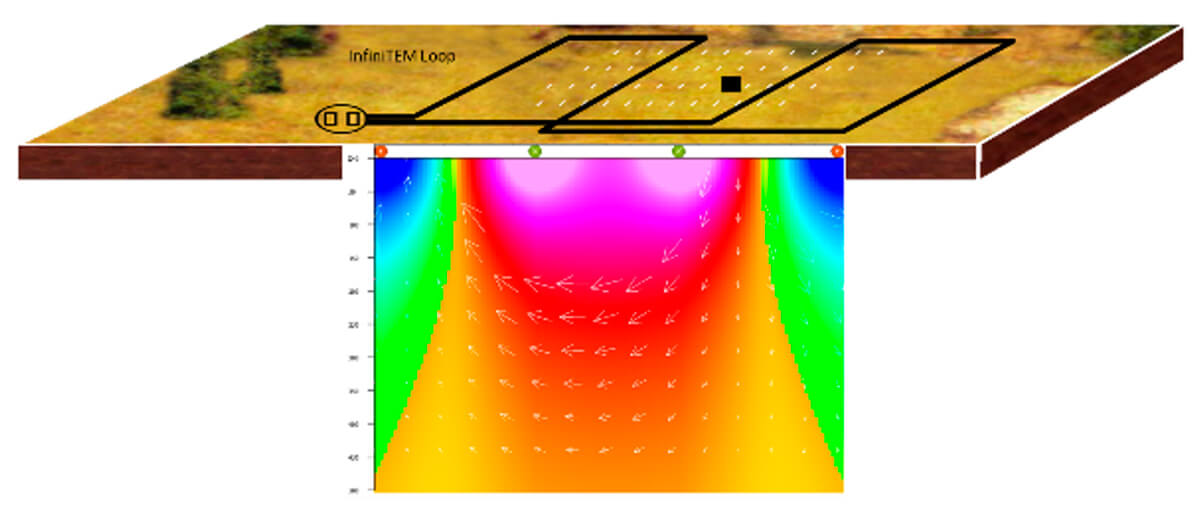
Over recent years, Abitibi Geophysics has launched numerous innovative techniques including the Orevison IP array, Omnivision, InfiniTEM XL, and the Dasvision.
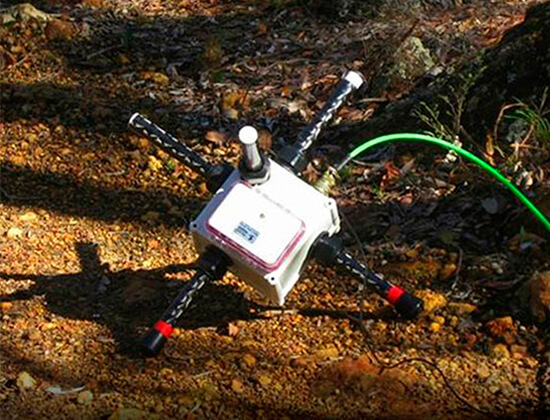
THEM Geophysics was founded in 1997 by Bernard Kremer. He developed a TDEM helicopter-borne system characterized by the use of receiving coils located in a blimp behind the transmitting loop. The original blimp was removed from the design and replaced by a receiving coil located above the transmitter. This latest version of the Kremer system is currently flown by Prospectair.

In 2012, a few young engineers, driven by Jean-Christophe Ricard founded Devbrio Geophysics. They rapidly built a mobile ground TDEM system called IMAGEM.
In 2017, Devbrio Geophysics developed a high-resolution UAV Magnetic Survey system equipped with a real time on-board collision avoidance system. This system, called AIM LOWTM, is capable of flying a few metres above the tree tops. This system is aimed to replace ground magnetic surveys.
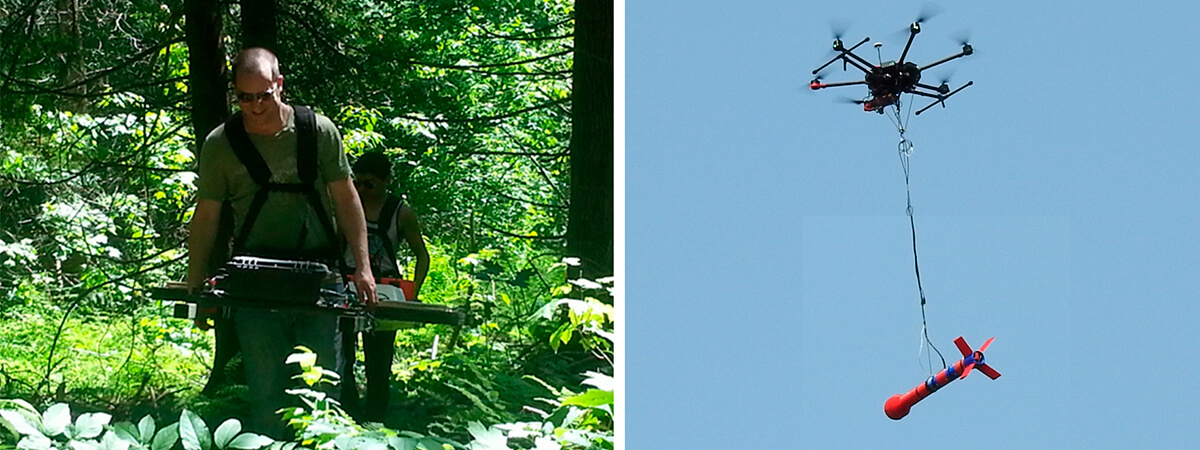
Summary
This brief review of 50 years of innovation in mining exploration geophysics in Quebec shows how academia, public organizations, research groups, and private geophysical firms can act as incubators to stimulate innovation, and improve mining exploration success. All these pioneers, professors, graduated students, organizations, and contractors were successful in their quest for new ways to resolve geophysical challenges.
The mining exploration industry, in its quest for new economic discoveries, is now facing the challenges of using new techniques to look deeper and more efficiently.
Innovation in geophysics not only involves new technologies, but also involves new ideas.
Despite numerous successful innovations in geophysics over the last 50 years in Quebec, the industry still needs more researchers, more inspirational geophysics professors, and more business developers to address the next half-century.





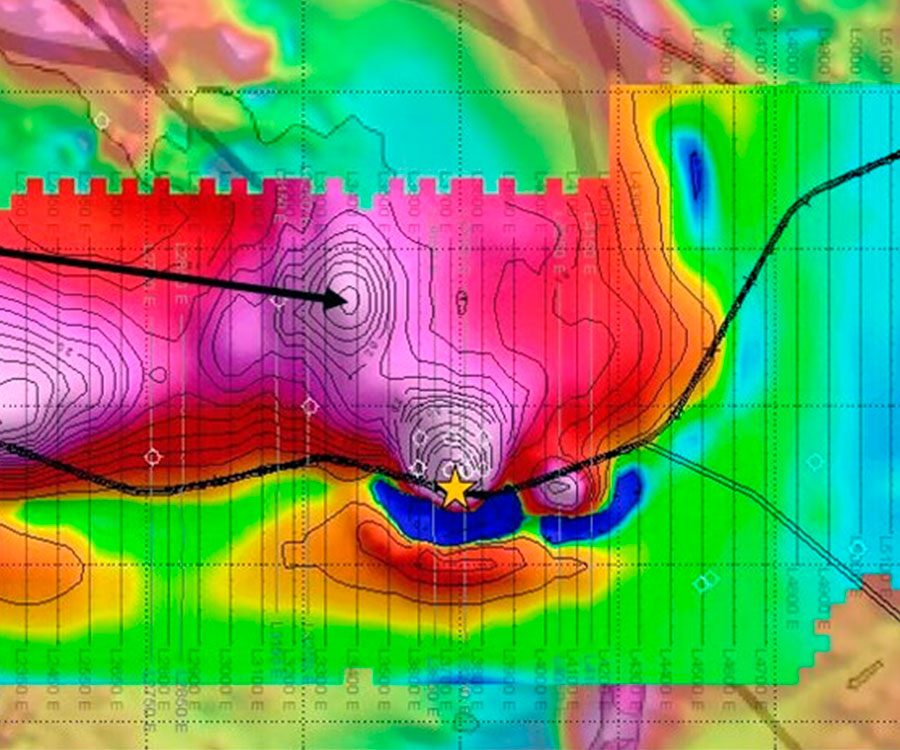
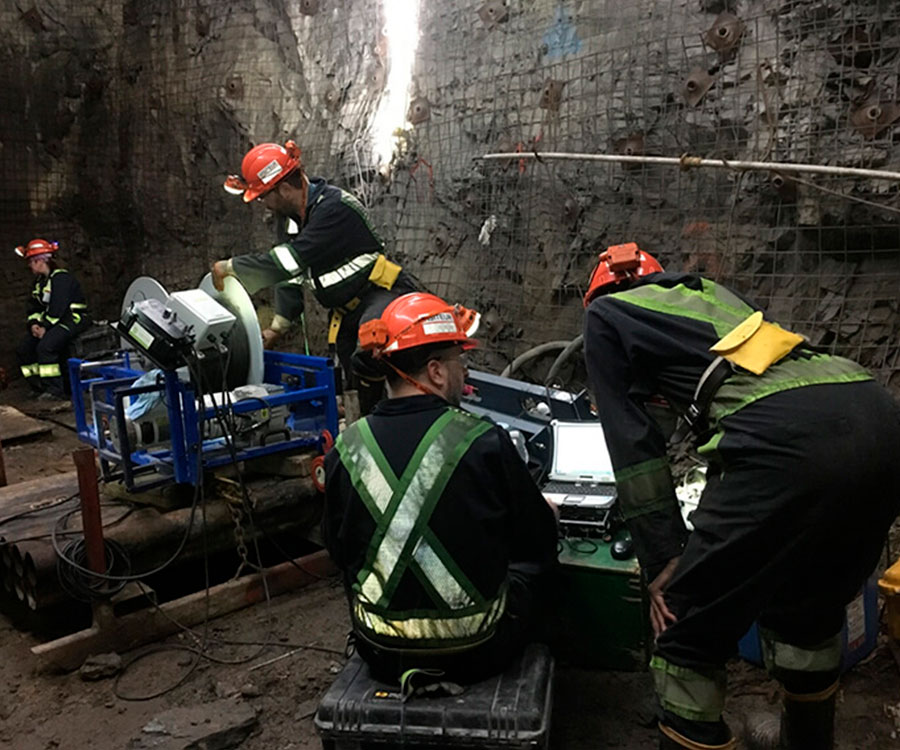
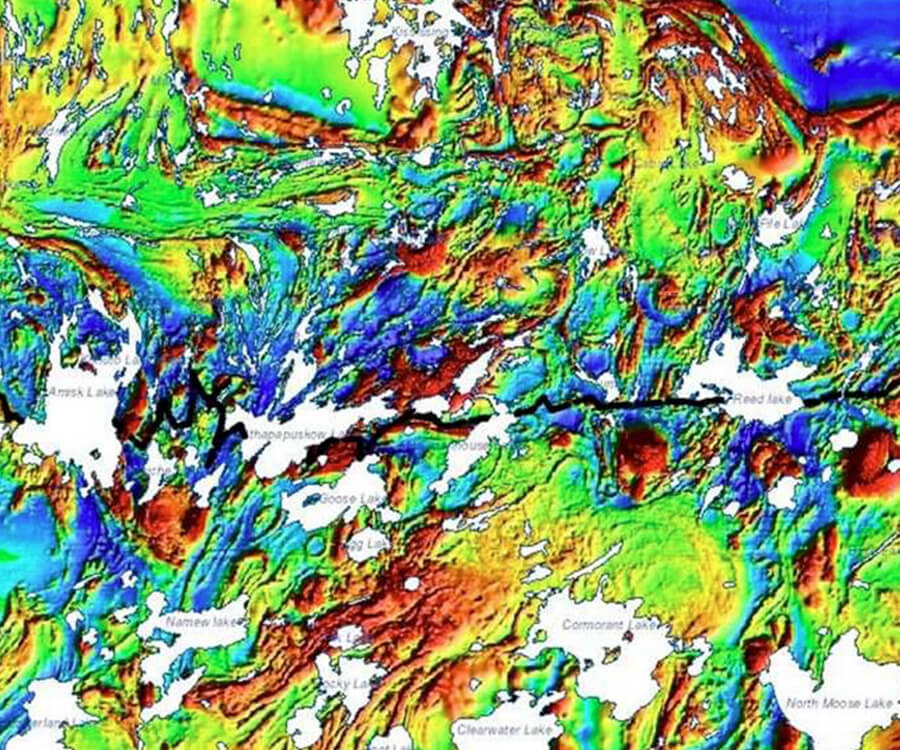







Join the Conversation
Interested in starting, or contributing to a conversation about an article or issue of the RECORDER? Join our CSEG LinkedIn Group.
Share This Article